
7 minute read
DRINKS: GOOD SPIRITS
Good spirits
Perennial performers whisky and dark rum continue to attract customers when the mercury drops, but Australian tastes — and lists — are also changing.
Words Greg Sunning
Photography Caretaker’s Cottage by Ryan Noreiks; Byrdi by Haydn Cattach; The Waratah by Sond3r Film
WHILE OUR CAPITAL cities and regions experience the cooler months somewhere between gently and more intensely, the best venues continue to embrace seasonality in their drinks menus, adapting to nature, the weather and, as importantly, rapidly changing customer tastes.
“The consumption of whisky definitely increases in the cooler months,” says Luke Whearty of Melbourne’s Byrdi. “However, in Australia specifically there has been a rise in sugar cane spirits with some very interesting Australian rum distilleries coming onto the scene, which I expect to increase in popularity in the near future.”
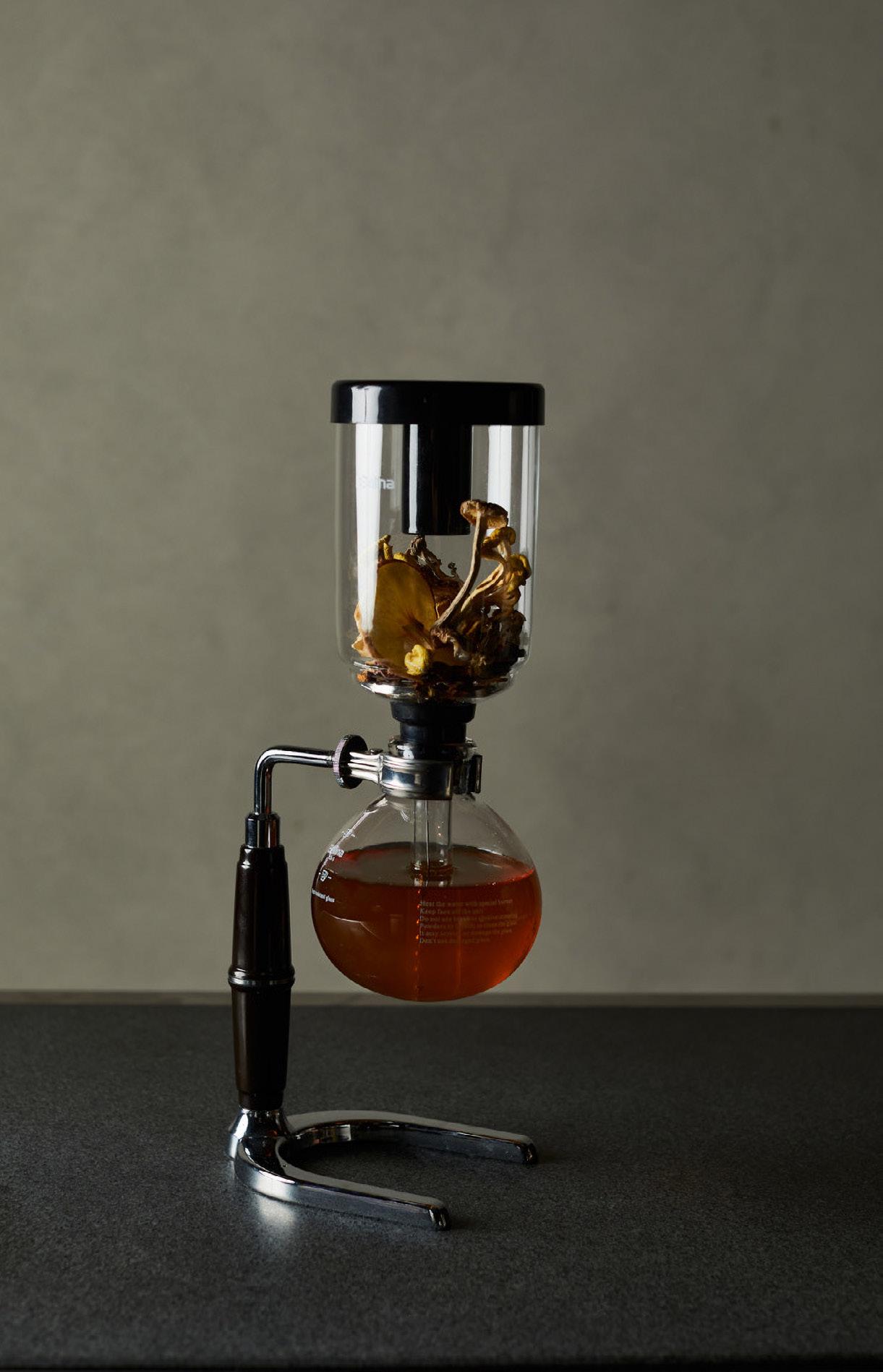
“Darker spirits always pick up in popularity when the weather cools down,” agrees Kitty Gardner, head of drinks production at Melbourne’s Caretaker’s Cottage. “We’ve got a solid selection of Scotch and American whiskey for those who enjoy a nip. We also have a strong agave collection — while not aged, we’ve got some mezcals that absolutely fit into that same category of sitting and sipping on something with complexity and depth.”
As the weather cools we tend to lean into richer serves that are a little more spirit forward.
– Luke Whearty
Beyond the winter shift to darker spirits, other approaches are getting an airing. Without giving too much away about their future menu, Gardner says “our May menu definitely leans into a bit of tropical escapism — something to help take your mind off the colder months creeping in.”
Whearty says “as the weather cools we tend to lean into richer serves that are a little more spirit forward but also a couple of different serves that are served warm. One example is a drink we bring back every winter called Apple Mushroom, which is a warm cocktail served from a Japanese coffee syphon that is brewed in front of guests and infuses local mushrooms from the Yarra Valley with a blend of apple brandy, fresh apple juice and apple cider all from the same orchard.”
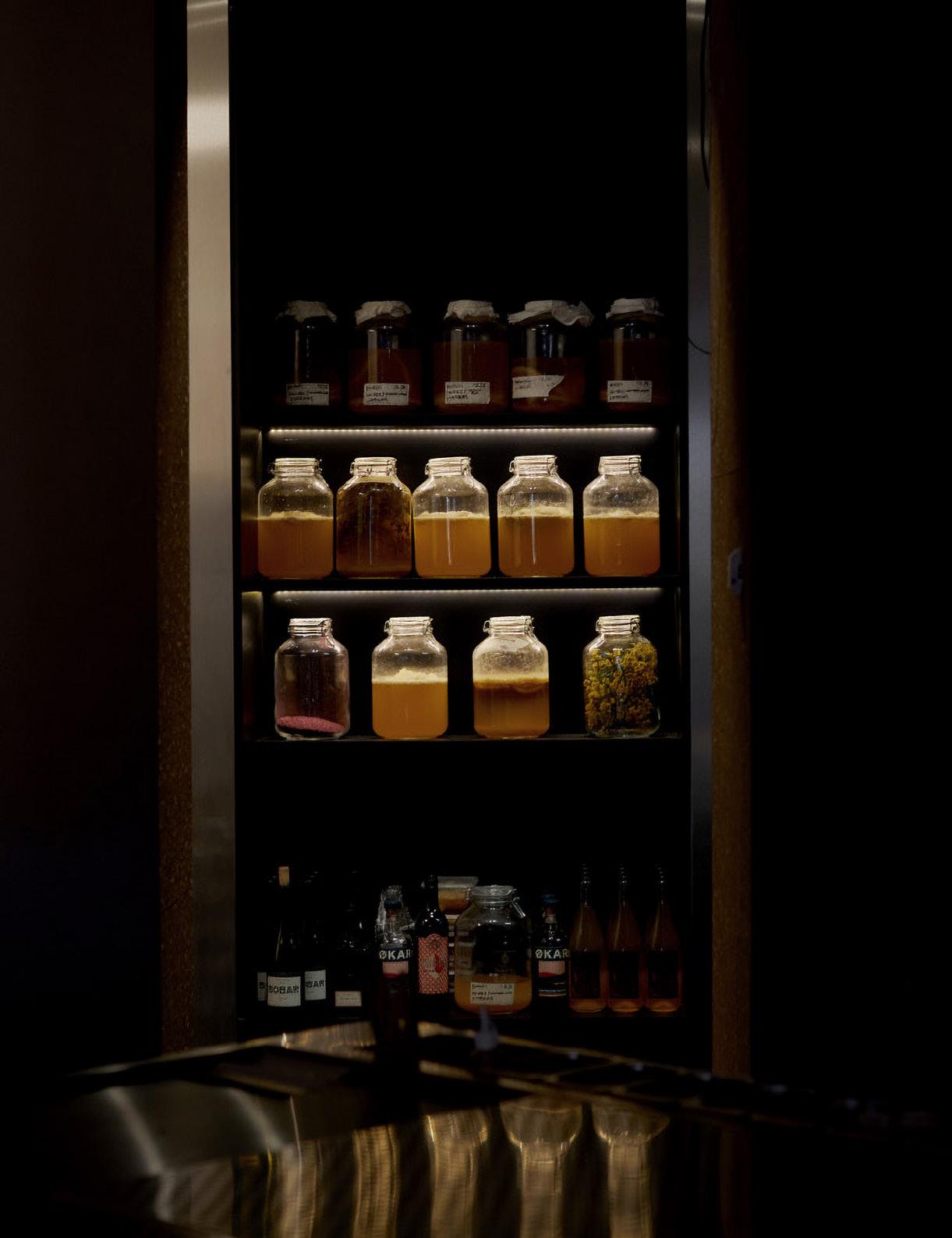
While the numbers back up what Whearty and others are seeing behind the bar around the traditional return to darker spirits with some diversifying to mezcal and rums, it’s part of a complex picture. Despite a clear transition towards darker spirits at this time of year, overall spirits sales are facing some headwinds.
Cindy Ngyuen, research analyst at data analytics firm Euromonitor International says that while authenticity and innovation are driving growth in Australian spirits, “darker winter spirits such as rum and whisky are currently facing subdued demand, reflecting changing consumer preferences and strong competition from other categories. However, a growing interest in Australian-made spirits is emerging, driven by a desire for authenticity and regional pride.”
Ngyuen highlights an example, Ned’s Golden Bickie release, a local whisky blend infused with notes of golden syrup, coconut, and oats, reminiscent of the iconic ANZAC biscuit Australians know and love. “The product offers more than just a unique flavour, it evokes a sense of connection and comfort through familiar, nostalgic tastes.”

This sense of nostalgia plays out across Sydney’s The Waratah, an Australiana neighbourhood bar in Darlinghurst. The two-storey venue features a downstairs public bar with a weekly-changing cocktail menu that focuses on hyper seasonal produce the team source from the market. Upstairs features a restaurant with a completely different cocktail menu that changes every couple of months, focused on a particular Australian region.
“We look at a bunch of producers from that region,” says Albert Rust of The Waratah, “and the best produce from that region, and we turn those into drinks. The drinks are connected to the people, which have a story. It just adds a bit of depth to what we do and reason to the drinks we make.”
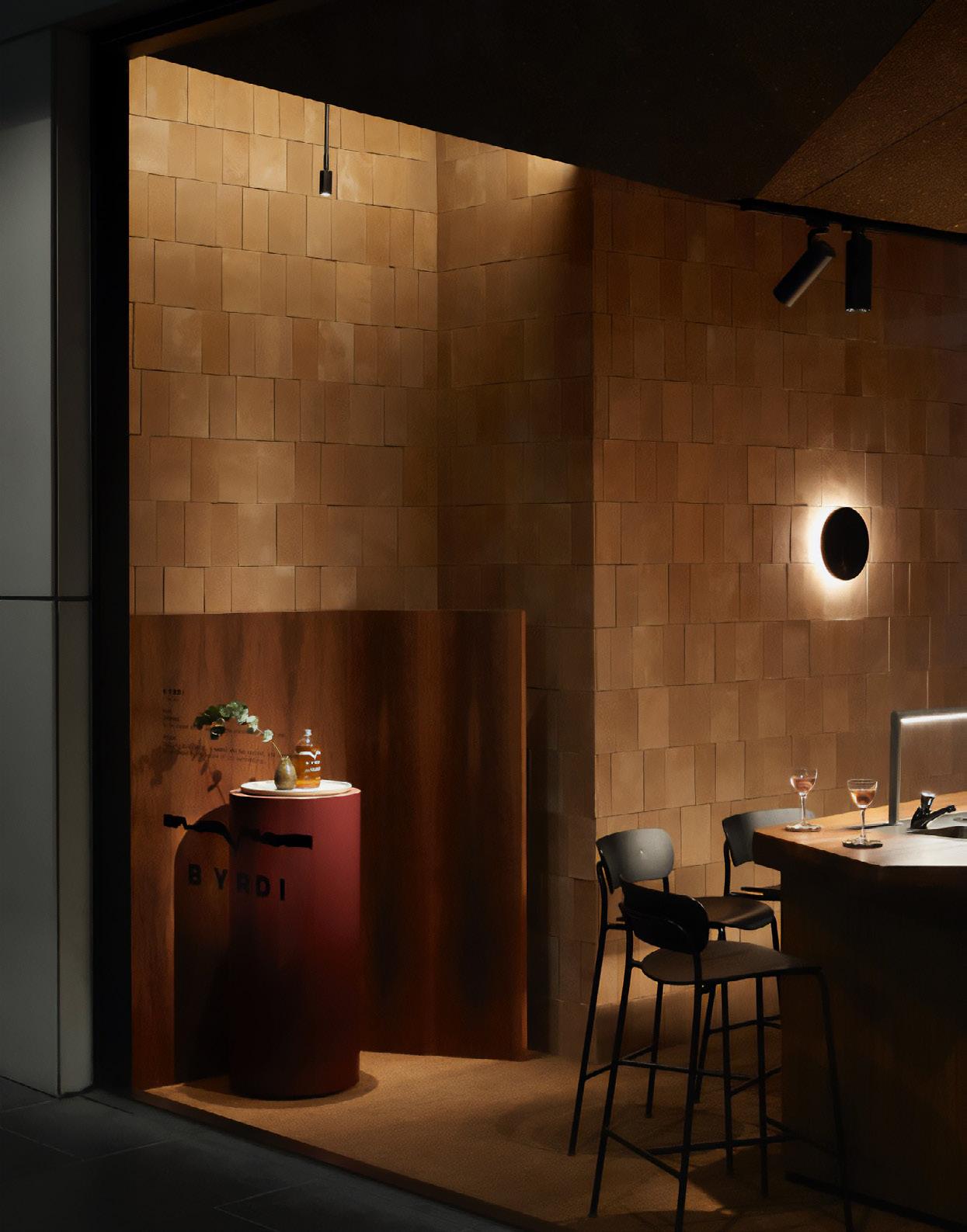
Layered on top of the spirit’s story is the prevalence of seasonal ingredients. Back at the Caretaker’s Cottage, Gardner highlights their monthly-changing cocktail list, always influenced by what’s in season and what’s available produce-wise. “We aim for a list where everyone can find something that speaks to them,” says Gardner, “and that more often than not includes a stirred, dark-spirited drink — especially popular as we head into winter. Right now, we’ve got a drink on called the Praying Mantis, made with Starward Two-Fold [whisky], our housemade amaro, ginger, smoke, and lemon. It’s warming, rich, and still super approachable.”
Resurrecting brands, or establishing new ones with stories to tell, is part of an overall intentional approach, says Ngyuen. “Many Australian distilleries are highlighting their production processes and brand heritage to promote authenticity and foster deeper connections with consumers. They are also taking innovation a step further by expanding into flavoured spirits, leveraging Australia’s natural ingredients and traditional tastes. This strategy allows local distilleries to differentiate themselves from international brands and align with consumers’ growing curiosity about locality.”
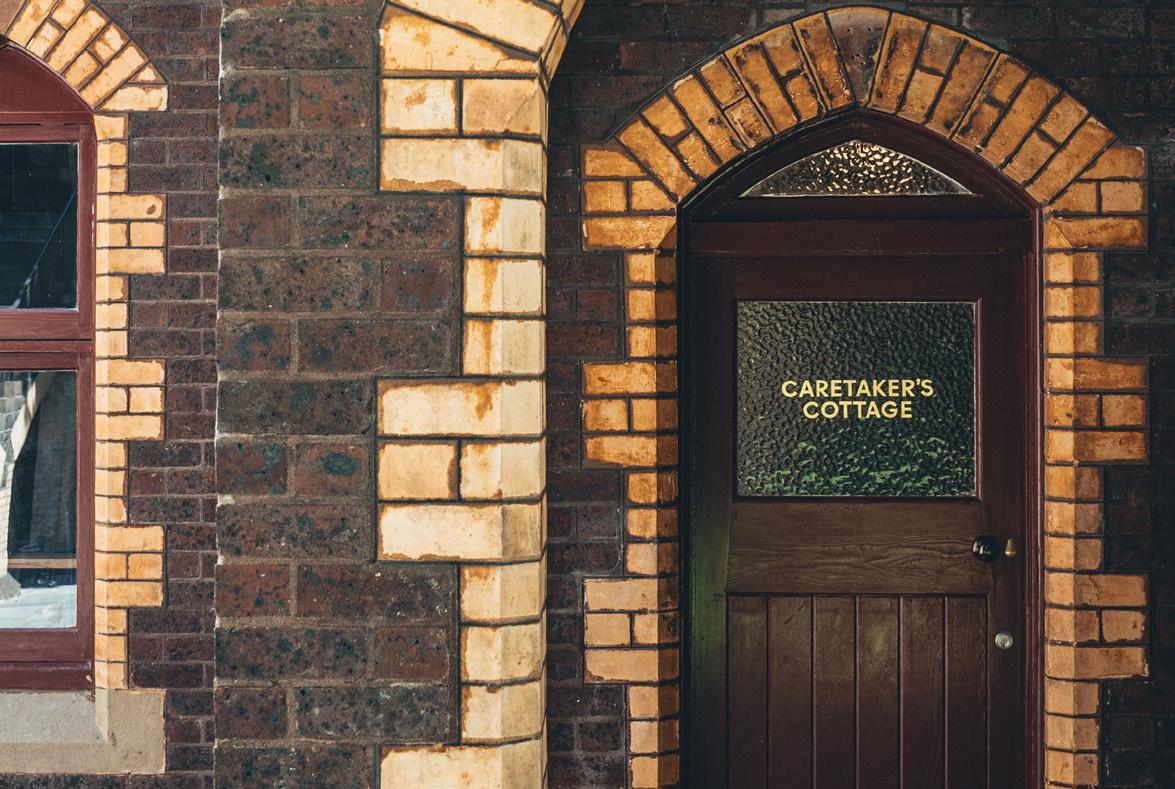
“We’ll always champion local and Australian brands,” says Gardner, echoing Euromonitor’s findings. “It’s a great reflection of our people and our place. Brands like Saison, based here in Melbourne, are pushing boundaries within their categories and align really well with the kind of drinks we want to make.”
In Sydney, Rust highlights Enmore’s Ester Spirits, “they make a really, really lovely spiced rum,” he says. “Red Mill as well. They are a rum distillery that closed about, I think, close to 50 years ago, but they only recently reopened [in Sydney] through the great-grandson. They also make a really nice sippable but also just delicious rum that you can throw into a daiquiri or any other rum-based drink.”
We’ll always champion local and Australian brands.
– Kitty Gardner
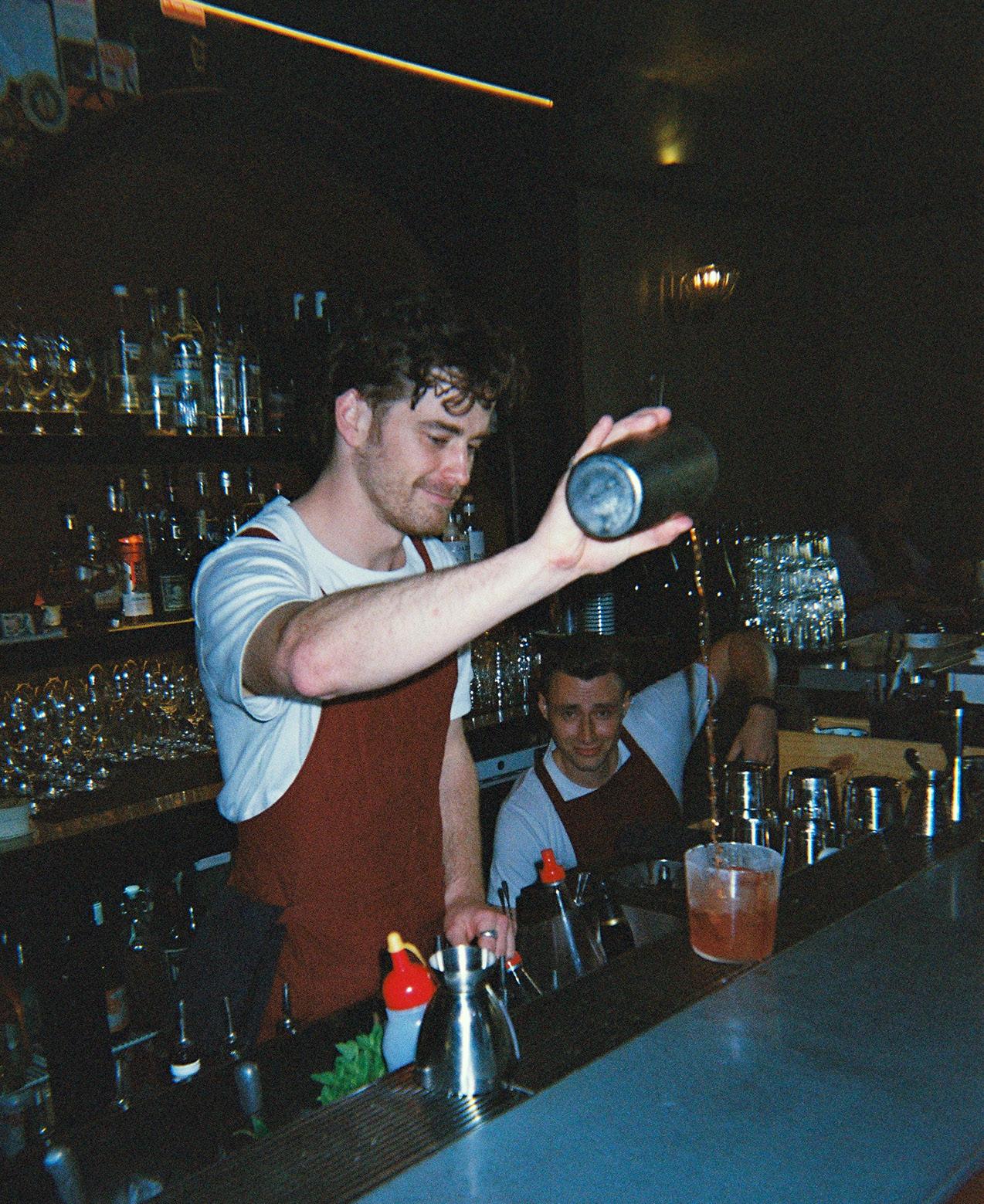
While the focus on traditional darker spirits makes a lot of sense, substantial changes in tastes continue to evolve cocktail offerings. Ngyuen says, “The health and wellbeing trend in Australia is reshaping the alcoholic drinks industry, with many Australians, particularly those under 60, reducing their alcohol intake or abstaining altogether.” Euromonitor’s recent Voice of the Consumer Survey shows a growing number of Australians actively seeking to cut back on alcohol consumption, fuelling strong growth in low and no-alcohol options compared to the overall market. “Additionally, consumers are actively seeking healthier alternatives within traditional alcoholic categories, prompting suppliers to innovate,” says Ngyuen.
“Our non-alcoholics sell more than a lot of our alcoholic drinks,” says Rust. “There’s just a demand for it. And to have a demand for it and not treat them with the same care and respect as you would your alcoholic drinks is a bit of a disservice to your guests, but also to a bar. Our non-alcoholic drinks program at the Waratah is absolutely huge. Calling them mocktails is almost the wrong term now because we put as much craft, time and effort into our non-alcoholic cocktails as we do our alcoholic cocktails.”
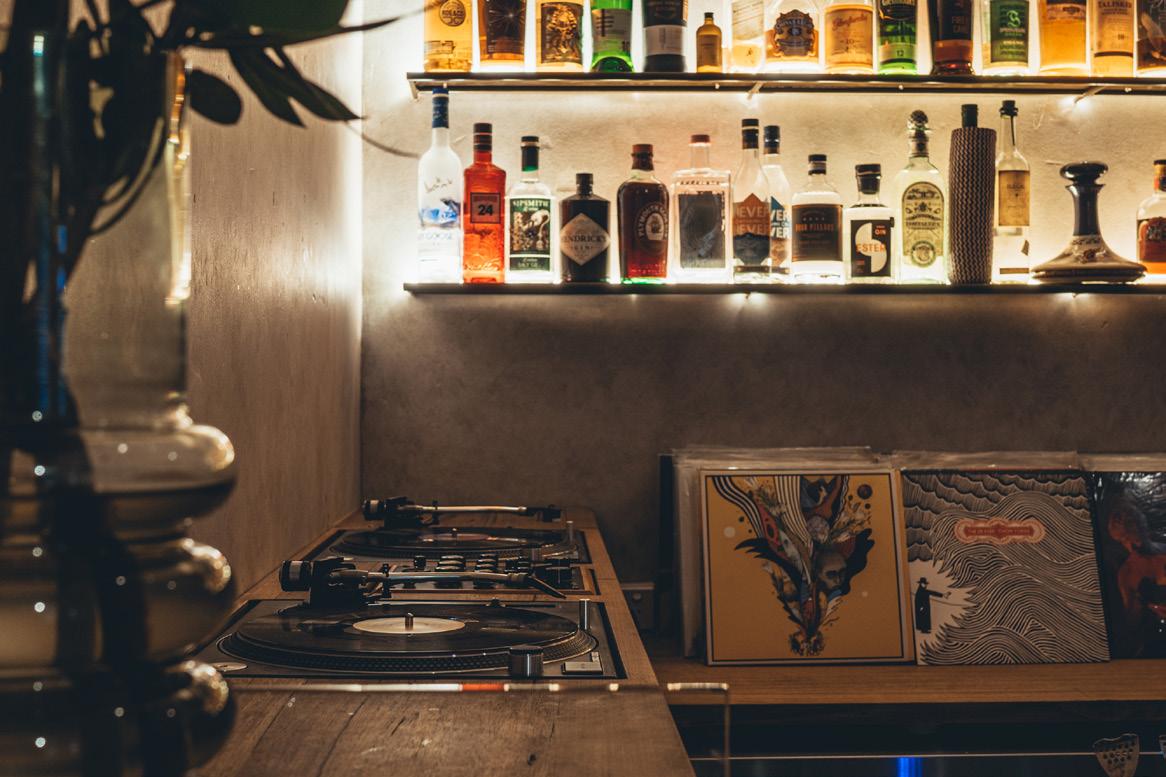
At Byrdi, Whearty expands on their approach to nonalcoholic options heading into winter, meeting drinkers where they want to be. “My only tip is to look at non-alcoholic options the same way we do with alcoholic serves. Different things like acidity, sweetness, and even texture and salt content. The same rules still apply. As for reducing sugar and calories, one good way is to look at reducing processed sugars and try to achieve sweetness in ways other than just adding sugar syrup. The simplest way to achieve this is by adding fresh fruit.”
While the rush to ever-reliable whisky and rum in winter continues, Australian drinkers can rightly celebrate a host of exciting new flavours and approaches to tempt them inside venues this year.



